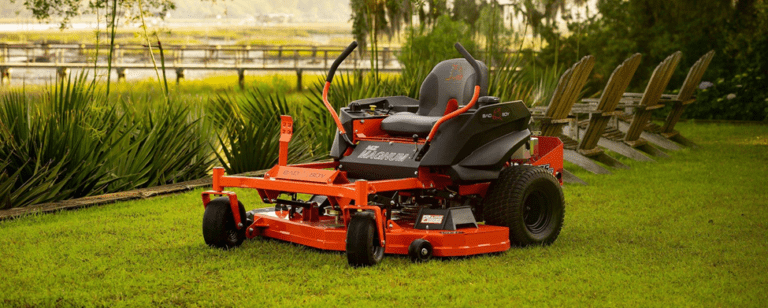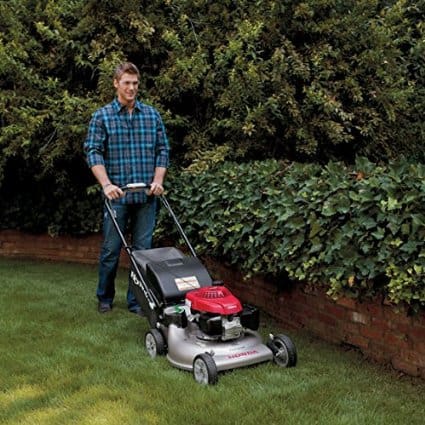Find the Best Dwarf Trees For Your Yard
If you’re looking to plant a tree for fruit, we recommend the Olympian fig tree for the best dwarf trees. You don’t need a lot of space to plant a tree in your yard. The best dwarf trees can provide you with some shade, some color, or even some food. Dwarf trees come in different varieties, shapes and sizes. Many max out around 10 feet in height, but there are some that get considerably bigger. It’s cold hardy down to zone 6 and is specially bred for life in a container. If you want other options than the Olympian fig, check out our list below.
Our Favorite Dwarf Trees
[wptb id="8139" not found ]What to Know About Dwarf Trees
Planting a tree in your yard offers plenty of benefits. The shade from the tree can help keep you cool in the heat of summer and can protect your home from chilly winds. A tree can even reduce your energy bills, since you’ll need to run your air conditioning less often the summer and won’t have to heat your house so much in the winter.
But not every yard has space for a magnificent tree that will reach heights of 50 feet, with a canopy that’s 25 or 30 feet wide. The good news is that trees come in a variety of sizes.
If space is limited in your yard, or if you don’t really even have a yard, you can plant a dwarf tree. Dwarf trees allow you to enjoy the shade and other advantages of a full-sized tree, minus the huge footprint. Some trees are small enough that they can spend their lives in a container, on a patio or even indoors.
Before you randomly pick out and bring home a dwarf tree, there are a few things you need to know about them. One important thing to consider is their size.
For example, the Acer japonicum, or fullmoon maple, often grows to a height of up to 30 feet. The dwarf variety of the tree, “Aconitifolium,” typically maxes out at 10 feet tall, though. If space is really limited, you want to be sure that you bring home the ‘Aconitifolium’ variety and not some other variety.
The hardiness zone of the tree is another important thing to look at. Some dwarf trees, particularly fruiting dwarf trees, are better suited for Mediterranean or tropical areas. For example, some varieties of fig trees are only hardy in zones 8 to 10 and can’t survive the winter in colder areas. Avocados are also usually only hardy down to zone 8.
But, there are cultivars of fig that have been bred to survive in colder regions, down to zone 6 in some cases. Additionally, some dwarf fig varieties are small enough that you can plant them in a container and bring them indoors to hibernate for the winter. Some dwarf avocado trees can also be grown inside, as can dwarf citrus trees.
You also want to consider the growth habit of the tree you’re going to plant. Ideally, the tree will have a relatively slow growth habit. That way, it won’t quickly take over the space and become cramped. A slow growth habit can be ideal if you’re planting in a container, as it means you won’t have to repot the tree nearly as often.
Also take a look at the care requirements for the tree and whether it is prone to certain diseases or pests. Some trees prefer full sun, while others will burn if they don’t get part shade. The more prone a tree is to disease and pests, the more likely it will be to fall victim to those problems, unless you can guarantee that you’re growing it in an area that’s free of problem pests and diseases.
Types of Dwarf Trees
The best dwarf tree for you to grow really depends on what you want to get out of it. You’ll find several types of dwarf trees, from varieties that produce showy flowers to edible fruit trees. There are also basic foliage trees and dwarf evergreens.
Dwarf fruit trees can be ideal if you want to grow something edible or if you want to grow fruit that can be difficult to find at the grocery store. For example, figs usually have a limited season and can be tricky to find fresh in the store. But if you grow your own, you’ll have a nearly unlimited supply during the summer.
The same can be said of avocado trees. Although avocados are usually easy to find, their price point can be pretty high. Growing your own lets you enjoy lots of guacamole, minus the high price tag.
Some flowering dwarf trees can be real showstoppers. Crape myrtle, with its bright pink, purple or vivid red blooms, is one example. Dogwood trees are another example.
Even dwarf trees that don’t produce noticeable flowers can be pretty eye catching. Japanese maples, for example, have deep red leaves. Fullmoon maples also produce interesting looking, jagged edges leaves.
Benefits of a Dwarf Fruit Tree
One of the biggest perks of having a dwarf fruit tree in your backyard or garden is the size of the fruit. Even though dwarf fruit trees are roughly one-third the size of your standard-sized fruit tree, the fruit that it bears will remain the same size. That being said, they won’t produce as much fruit as their standard cousins – an important note if you’re planning on canning.
Another huge benefit to having a dwarf fruit tree is that it makes maintenance and harvesting a whole lot easier. You won’t need a ladder to harvest most of the bounty from your dwarf, as most of the fruit will be within easy reach. It also means you’ll rarely if ever have to resort to using various harvesting tools, like a picker or a tarp.
The Downside to Dwarf Trees
While dwarf trees can provide a great resource for delicious fruit on an unfussy scale, they do lack a couple of key qualities that you may enjoy by having a standard-sized tree. While these cons are essentially rendered moot if you live in a small space, if you have a larger backyard, they are something worth serious consideration.
For one thing, because dwarf trees are so small, they don’t offer the benefit of shade. This is something that you may not think about until it’s summertime and the backyard is blazing hot, but it is worth considering if you have a larger garden with little to no solace from the heat.
Also, you should be prepared for your dwarf tree to not live quite as long as a standard-size tree. For example, if you’re growing an apple or pear dwarf tree, you can expect that to live about 15 to 25 years, whereas a standard-sized apple or pear tree will have a lifespan of 20 to 40 years. The actual lifespan varies from fruit to fruit.
Taking Care of Your Dwarf Fruit Tree
As previously mentioned, taking care of a dwarf fruit tree is much easier than performing maintenance on a standard-sized tree. However, this doesn’t mean that it’s entirely maintenance free. Taking care of a dwarf tree does pose a few challenges you should be prepared to encounter.
Firstly, you need to be cognizant of the fact that dwarf trees, while they won’t get as big as standard trees, will still grow a bit. Because of this, they may require re-potting a time or two during the course of their lifespan. You may consider mitigating this step a bit and immediately pot the plant in a larger container if you have the room.
Water is also an important factor in keeping your dwarf tree nice and healthy. In terms of how much water you should give the tree, you don’t necessarily have to calculate adjusted amounts of water to provide. You just need to use common gardening sense here.
If you’re getting a newly planted dwarf tree, you’ll want to give it a lot of water so that it can establish a proper connection with the soil. After that, your main objective will be to keep the soil moist. This is even the case with older dwarf fruit trees, who will still require a healthy soaking of water time and again, albeit not as frequently.
Top Dwarf Fruit Tree: The Olympian Fig Tree
If you’re looking for a hardy, unique dwarf tree to grow, we recommend the Olympian Fig Tree. The tree is specifically bred for the Pacific Northwest, but it can survive in any area between zones 10a and 6.
There are a few benefits to choosing a dwarf fig tree. The Olympian variety grows up to 8 feet tall, meaning it will do well in a container for its entire life. If your live in a colder region, you can easily wheel the container indoors for the winter, then bring back outside in the spring.
Pollination can be a concern with some varieties of fig tree. Some types need to cross pollinate, meaning you need to grow more than one to get any sort of harvest. The Olympian fig tree is a common variety and will pollinate itself, so you only need to grow one tree. That can be particularly useful if you only have room for a single tree.
The size of the tree when you order it will influence its cost and how long it will be before you see fruit. Smaller trees usually cost less than more established trees. The trade-off is that you might have to wait a season before you actually get any fruit from the tree. If you want fruit right away, you’re better off with an older, more expensive tree.
Photo by Adityamadhav83 licensed under CC BY-SA 4.0.



